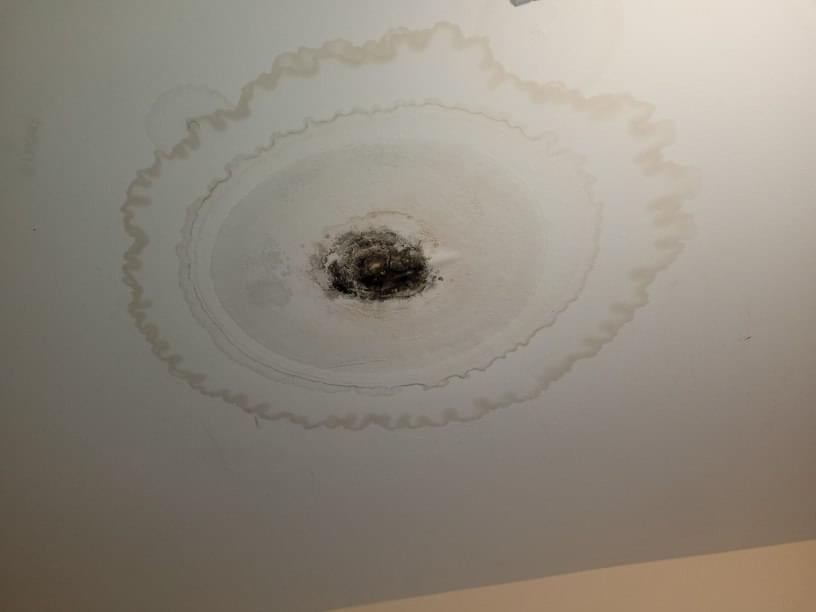Are you searching for related information around Leaking water lines?

Early detection of leaking water lines can reduce a prospective calamity. Some small water leakages may not be visible.
1. Check Out the Water Meter
Inspecting it is a surefire way that helps you uncover leakages. If it moves, that shows a fast-moving leak. This indicates you may have a slow leak that can also be underground.
2. Examine Water Intake
Evaluate your water expenses as well as track your water usage. As the one paying it, you must discover if there are any inconsistencies. If you spot sudden changes, despite your intake being the same, it means that you have leakages in your plumbing system. Keep in mind, your water costs must fall under the very same range every month. An unexpected spike in your bill suggests a fast-moving leakage.
A constant rise every month, also with the very same habits, shows you have a slow-moving leakage that's likewise slowly escalating. Call a plumber to thoroughly examine your home, especially if you really feel a cozy area on your flooring with piping beneath.
3. Do a Food Coloring Test
When it comes to water intake, 30% comes from commodes. Test to see if they are running properly. Decrease flecks of food color in the container and also wait 10 minutes. If the color in some way infiltrates your dish during that time without flushing, there's a leakage in between the container as well as bowl.
4. Asses Outside Lines
Do not fail to remember to check your exterior water lines too. Examination spigots by connecting a yard pipe. Should water permeate out of the link, you have a loose rubber gasket. Change this and also guarantee all links are limited. It will certainly help get it expertly took a look at as well as kept each year if you've got a sprinkler system. One tiny leak can squander tons of water and spike your water bill.
5. Evaluate as well as Evaluate the Circumstance
Property owners must make it a routine to inspect under the sink counters and also even inside cupboards for any type of bad odor or mold growth. These two red flags indicate a leak so prompt attention is required. Doing routine assessments, even bi-annually, can conserve you from a significant trouble.
If you understand your house is already old, keep a watchful eye on your heaters, tubes, pipelines and so on. Check for discolorations and compromising as many pipes and devices have a life expectancy. They will certainly likewise normally wear away because of deterioration. Don't wait for it to escalate if you think leaking water lines in your plumbing system. Call an expert plumber right now so you don't end up with a terrible mess in your house.
Early detection of dripping water lines can minimize a potential catastrophe. Some tiny water leaks might not be noticeable. Examining it is a surefire method that assists you uncover leakages. One little leakage can throw away loads of water as well as spike your water bill.
If you think leaking water lines in your plumbing system, don't wait for it to escalate.
How to Know If Your Home Has a Hidden Leak
Water Meter Reveals Inexplicable Water Usage
If you’d like to test whether or not there’s a leak somewhere in your home, you can do this using your water meter. Here is how to conduct the test:
Don’t use any water in your home for at least 30 minutes; this also means not turning on faucets or water-using appliances.
Go outside, and check your water meter for activity.
If your water meter shows that there was activity, even though no one was using any water, this proves that there is a leak in your home.Visible Mold or Mildew Growth
Leaks behind walls create moist, dark environments that allow mold and mildew to grow and thrive. Eventually, you might see mold growth forming on the wall closest to a hidden leak.
If mold is growing in an area that receives a high amount of moisture, such as a bathroom, it may simply be an indication that better ventilation is needed. However, if you see mold growth on a wall or the ceiling in an area where you would not expect, you probably have a hidden leak.
Musty, Mildew Odor
Sometimes you might not be able to see the mold or mildew that is growing as a result of a leak. However, the smell can give the problem away just as easily. If you catch a whiff of something musty, there’s a good chance that old water is collecting somewhere in your home that you can’t see.
Stained/Warped Walls, Ceilings, or Floors
When your home soaks up water, a variety of red flags can become visible, including ceiling stains, bubbling drywall, warped walls, and sagging floors. While these issues can be caused by excess humidity, they can also be signs that a pipe or plumbing connection has started leaking behind your walls.
Inexplicably High Water Bill
After a while, you get a general sense for what your water bill should be. If you own a pool or sprinkler system, your bill will tend to be higher during summer. However, if you receive a water bill that seems especially high, and you can’t figure out what caused it, then you may have a hidden leak somewhere that’s increasing your bill.
https://www.plumbingjoint.com/blog/2019/july/how-to-know-if-your-home-has-a-hidden-leak/

I'm very drawn to Hacks to detect leaks and I hope you appreciated the article. Please take the time to distribute this blog if you enjoyed reading it. I thank you for reading our article about Top leak detection hacks.